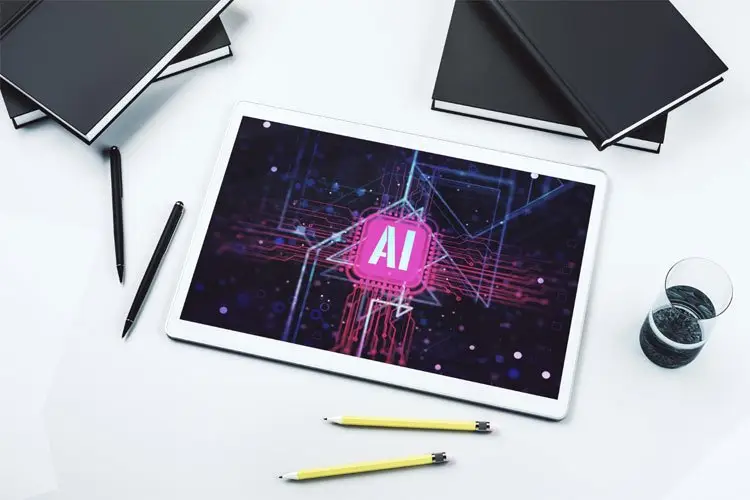
Use Of Ai Tools In Classroom Teaching To Engage Generation X And Alpha
- [printfriendly]
Considering integrating Artificial Intelligence (AI) tools in the classroom to teach Generation Z and Generation Alpha students, there are several solutions accessible.
Let's examine a few of the various AI tools and the potential advantages for these technologically advanced generations. Intelligent tutoring systems (ITS) are AI tools that customize the learning process to meet the demands of each individual student. By evaluating data and monitoring progress, ITS may offer specialized training and targeted feedback. With this adaptable method, students are guaranteed individualized coaching, allowing them to learn at their own pace and fill in any knowledge gaps.
A dynamic and engaging learning environment can be created by educators using AI-enhanced content development tools. Quizzes, lectures, and simulations created using generative AI models can be customized to cover certain subjects and achieve particular learning goals. These resources draw students' attention and promote active learning. The ability of these tools to instantaneously translate spoken or written language encourages diversity and allows students from all linguistic backgrounds to take part fully in class activities, improve communication and build a more diverse learning environment. Several AI tools are frequently employed in the study of the English language. Here are a few illustrations:
1. Apps for language learning powered by AI: Duolingo, Babbel, and Rosetta Stone are just a few examples of apps that use AI to tailor language training. These apps include engaging activities, quizzes, and lectures that adjust to the learner's competency level and offer personalized feedback and pointers for progress.
2. Language Translation programs: Learners can translate words, phrases, and even full documents from one language to another using AI-driven linguistic translation programs like Google Translate and Microsoft Translator.
3. AI-powered writing aids can help students become better writers. Examples include Grammarly and ProWritingAid. These programs check texts for grammatical, punctuational, spelling, and style mistakes and provide real-time suggestions and repairs.
4. AI-based voice recognition software can convert spoken words into written text. Examples are Microsoft Azure Voice Recognition and Google Speech-to-Text. These resources help students improve their speaking abilities, practice their pronunciation, and get immediate feedback on how well they produce oral language.
5. AI-powered virtual language tutors: Elsa Speak and Mondly are two examples of virtual language tutors that employ speech recognition and natural language processing to offer individualized language teaching
6. Learning a language Chatbots: AI chatbots created specifically for language learning, such as Replika and Tandem, offer dynamic dialogues and possibilities for language practice which allow learners to converse with one another while honing their conversational, grammatical, and linguistic abilities in a safe environment.
In conclusion, Generation Z and Generation Alpha students can benefit from the use of a variety of AI tools in the classroom. Chatbots engage students in interactive conversations, automated grading systems provide immediate feedback, intelligent tutoring systems provide personalized instruction, content creation tools encourage engagement, data analytics guide personalized instruction, and language translation tools advance inclusivity.



